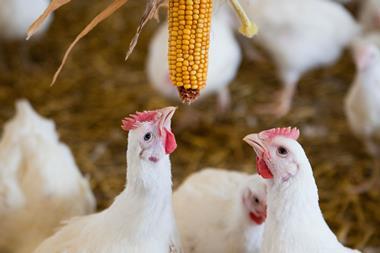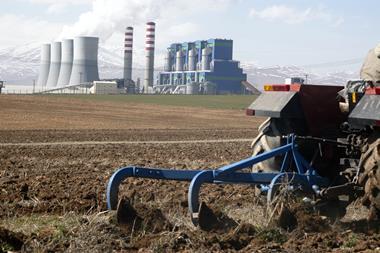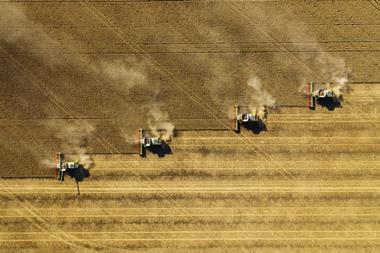Fertiliser could become more expensive over coming months as high grains and oilseed prices are predicted to fuel increased demand.
Global fertiliser markets have been relatively sluggish throughout much of 2012, but problematic weather and failed harvests around the world - particularly in the US - have driven grain and oilseed prices to dizzying heights more recently. Arable farmers will now be keen to capitalise on these high prices by buying more fertiliser to increase yields, raising the prospect of key fertilisers, such as potash, phosphate and urea, becoming more expensive, according to agricultural lender Rabobank.
“Global fertiliser demand should benefit from elevated purchasing power of farmers due to higher commodity prices,” the bank says in its latest Fertiliser Quarterly Report. “Crop farmers will be seeking to increase crop production to benefit from higher crop prices and will have improved cashflows for farm input expenditure to increase yields.”
US farmers’ reaction to the drought as well as the upcoming planting season in South America will be key to gauging by how much demand for fertiliser is likely to rise in the short to mid term, Rabobank says. “The US drought will go down as one of the most severe in the past century,” it adds. “The fall-out looks set to drive global fertiliser markets for some time.”
In theory, overall supply and demand should be reasonably balanced, as higher demand for fertiliser is compensated for by increased global production, says Rabobank. However, there is some concern that additional capacity could be delayed in coming on stream, and supplies could come under further pressure from reduced exports from China, where low tax exports windows on phosphate and urea have recently closed or are about to close.
Sign in to comment on this article
Not logged in before? Register for FREE guest access today.
You will be able to:
- Read more stories
- Receive daily newsletters
- Comment on stories
Advert















No comments yet